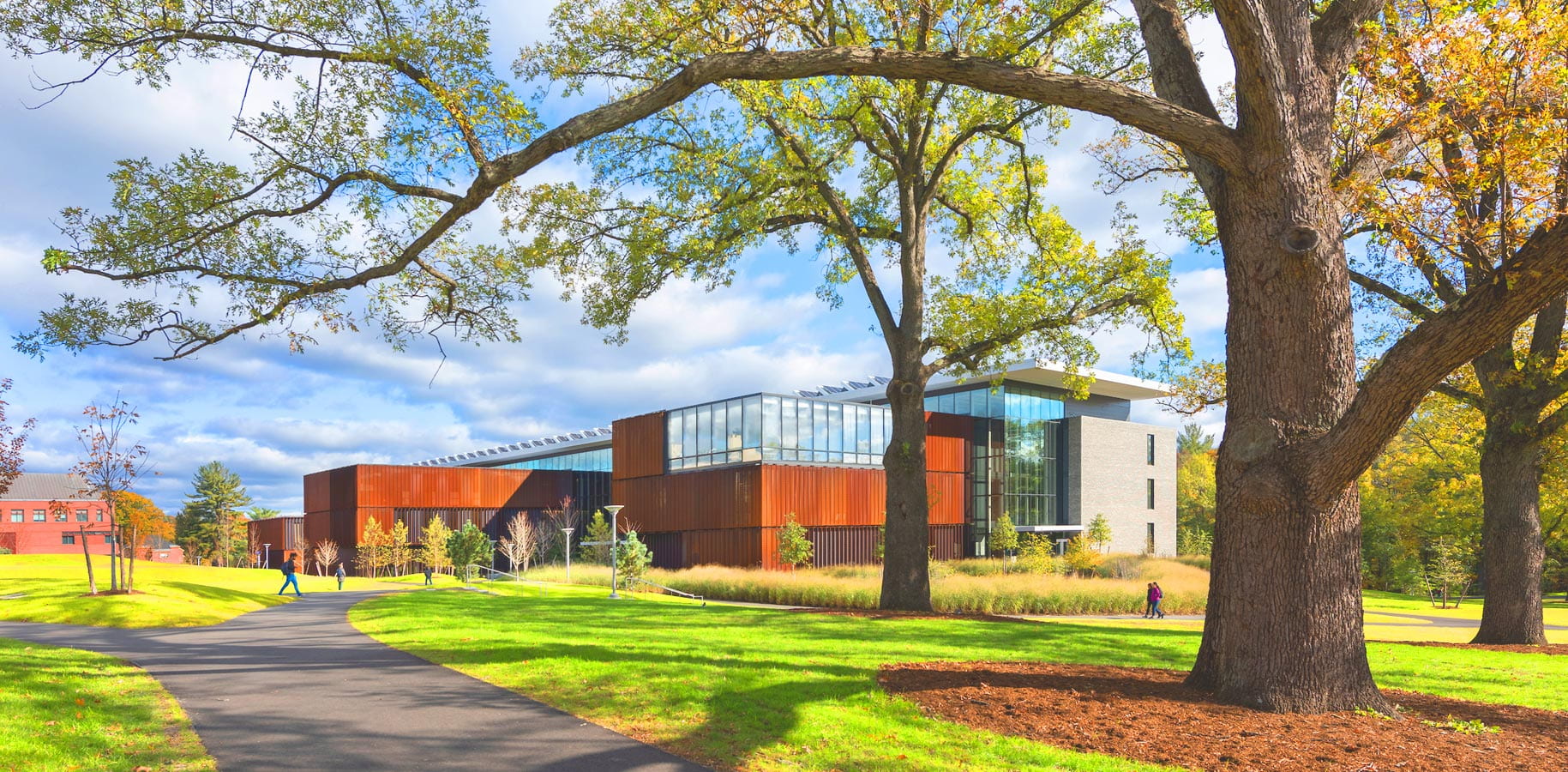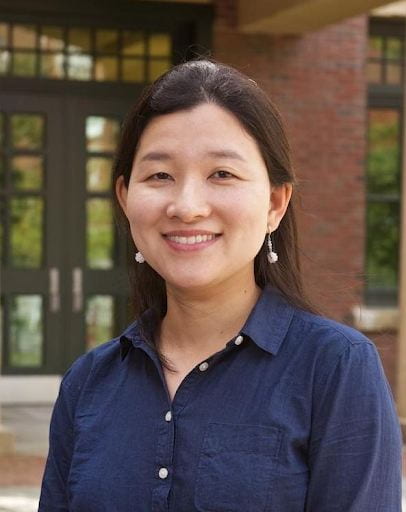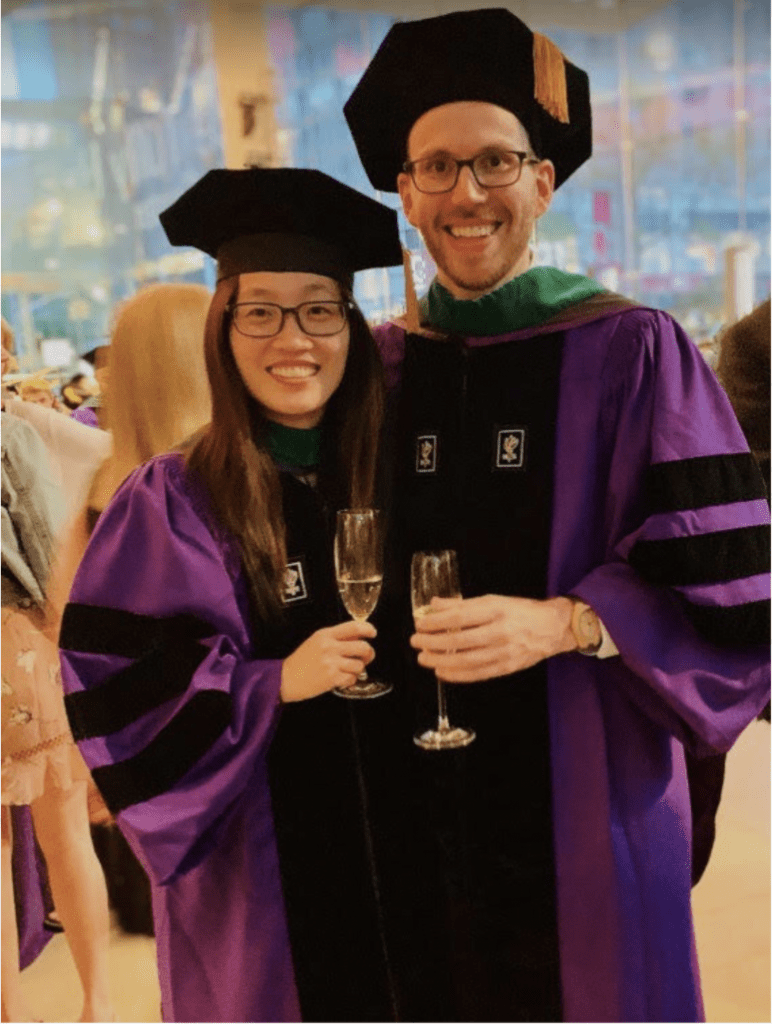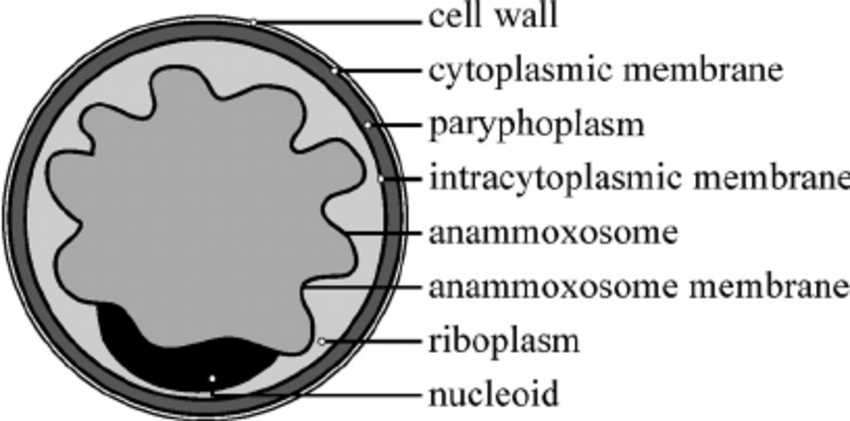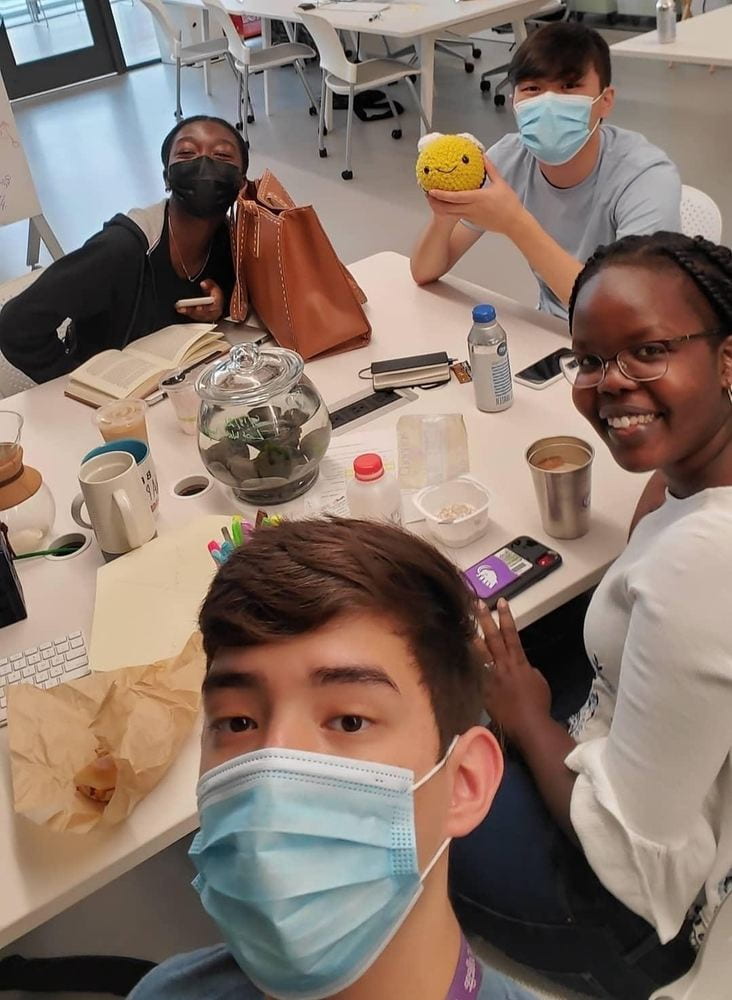This article is published in collaboration with The Amherst Student. Professors Sally Kim and Marc Edwards of the Biology Department received a Major Research Instrumentation (MRI) grant recently from the National Science Foundation for the acquisition of an integrated Zeiss 980 microscope with Airyscan 2 and Fluorescence Correlation Spectroscopy (FCS) in order to create an…
Looking Forward: Professors Sally Kim and Marc Edwards’ Microscope Grant

